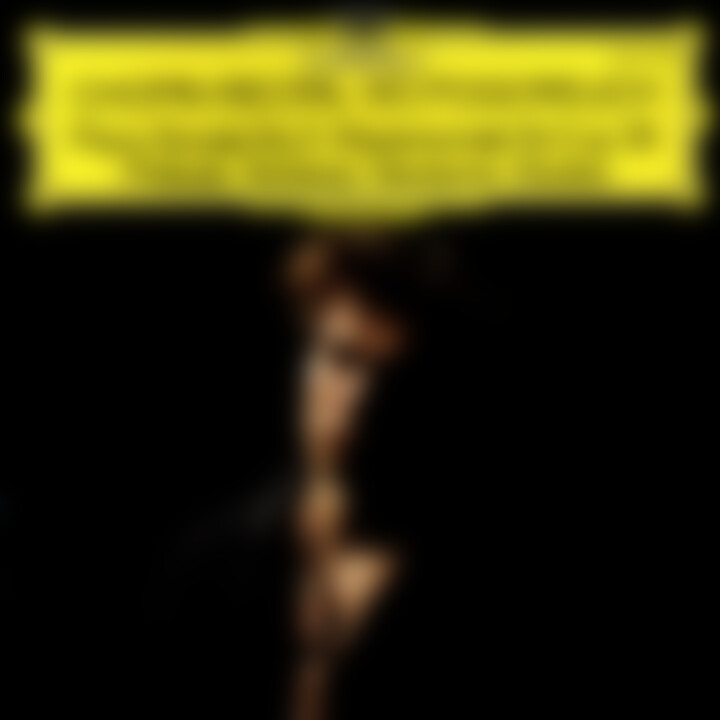


She recorded a Chopin recital for EMI (now Warner Classics) in 1965, shortly after her victory in the prestigious Chopin Competition, but it only became available in 1999, when it appeared on CD. If the double concerto sometimes seems a bit rhythmically effortful and texturally congested, the performances of the two chamber works (Pashchenko plays the quintet, Lubimov the Notturno) are airy and athletic, making the best possible case for Dussek’s appealing music, with its roots in 18th-century classicism, but with occasional anticipations of the Romanticism to come.Martha Argerich has been described as “unquestionably one of the greatest pianists of all time”. The two pianists play modern copies of instruments made towards the end of the 18th century by Anton Walter in Vienna and Longman/Clementi in London. This week’s other picksįortepianos are very much in evidence in Alexei Lubimov and Olga Pashchenko’s disc of music by Jan Ladislav Dussek for Alpha, his Concerto for two pianos Op 63 and the Piano Quintet Op 41 and Notturno Concertant for violin, horn and piano, with the Finnish Baroque Orchestra and members of the quartet Meta4. These pianos, says Huvé: “Force upon us a more exploratory style of playing and less comfortable listening, an understanding of Chopin as more classical in his composition, but more violent in his expression.” And that’s without the frisson of hearing this music not only performed on the instruments for which it was conceived, but in the case of the later pieces, on an instrument that Chopin almost certainly played himself.

The contrast between the lean, more percussive sound of the Pleyel and the fuller, richer sonority of the Érard is marked, and not everything in Huvé’s uncompromising performances will settle easily on ears more used to the well-upholstered sound of modern instruments. For the remaining pieces, which date from 1839 to 1842, he switches to a piano from the other leading French maker of the time, Érard, an instrument made in 1838 that Chopin is known to have selected for one of his pupils. Reissued now, it seems to me an important and utterly fascinating disc.įor the first two Scherzos and first two Ballades, composed between 18, Huvé uses a Pleyel from 1828, thought to be the oldest surviving piano made by the company and identical to the one that Chopin played during his early years in Paris. When it was released on Erato the following year, though, Huvé’s disc seems to have attracted surprisingly little attention, despite the extraordinary significance of the two meticulously restored 19th-century instruments on which it is performed. E ven now, performances of the masterpieces of the 19th-century piano repertoire on keyboards of the composer’s time are not exactly commonplace, and when Cyril Huvé made his recordings of Chopin’s four Scherzos and four Ballades in 1991, they would have been much rarer still.


 0 kommentar(er)
0 kommentar(er)
